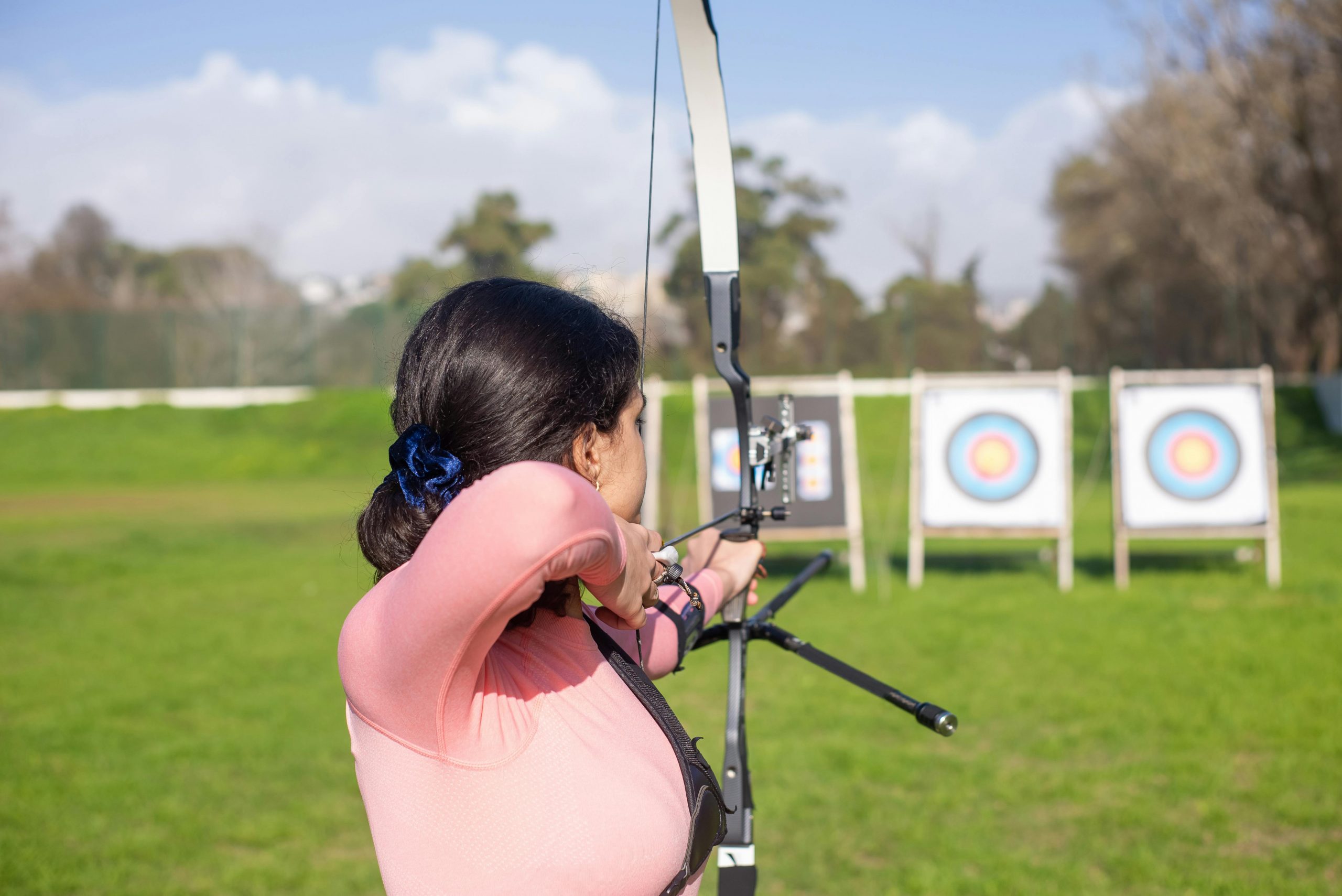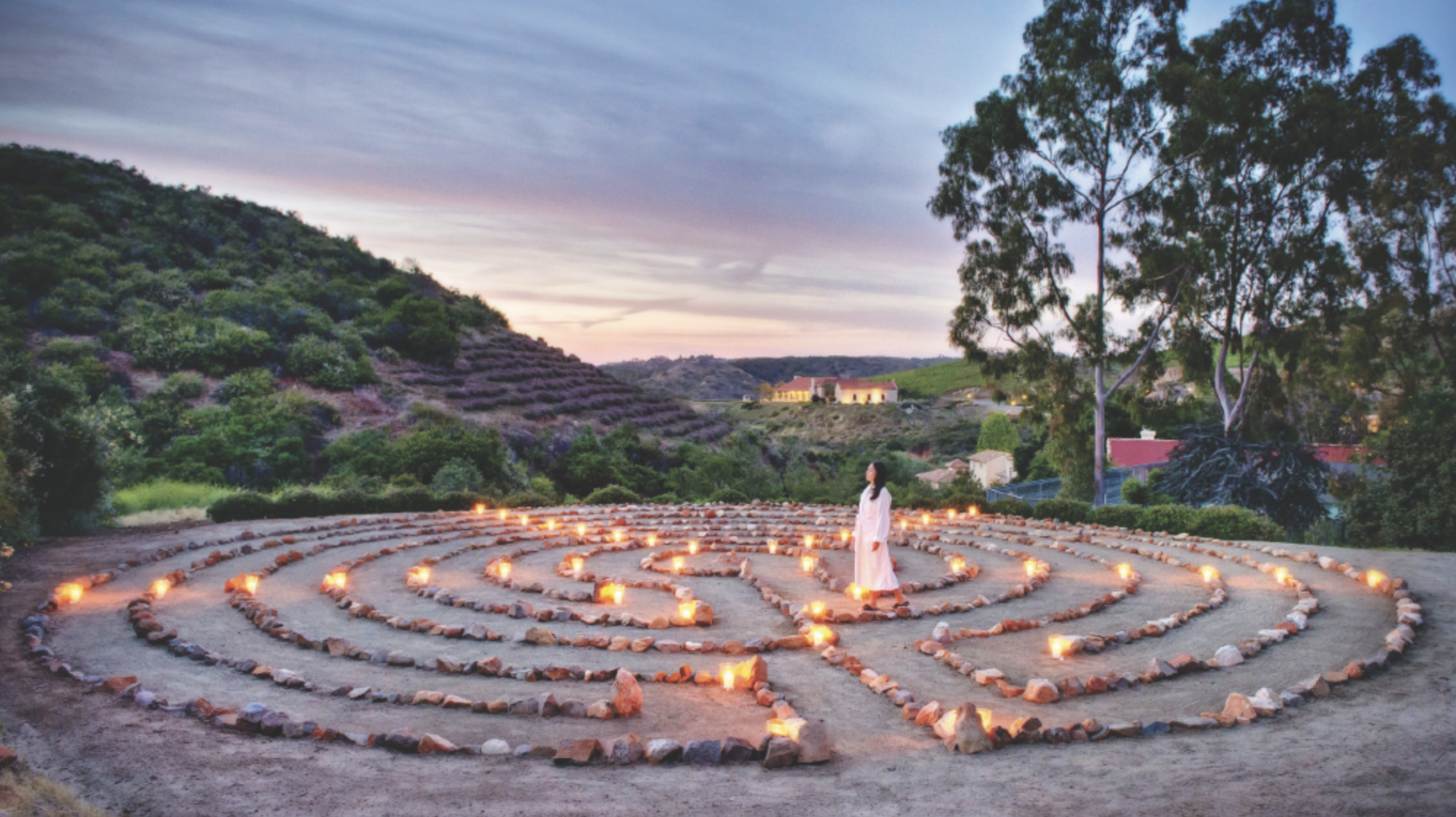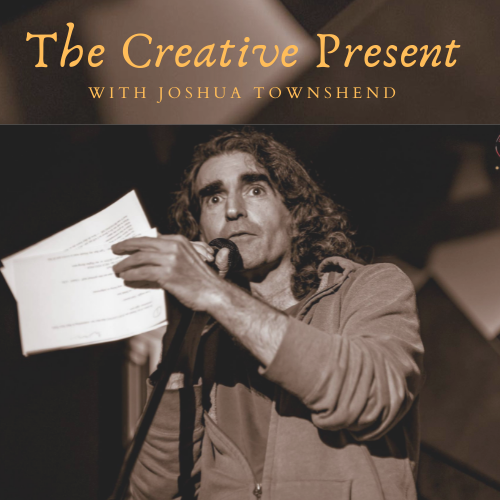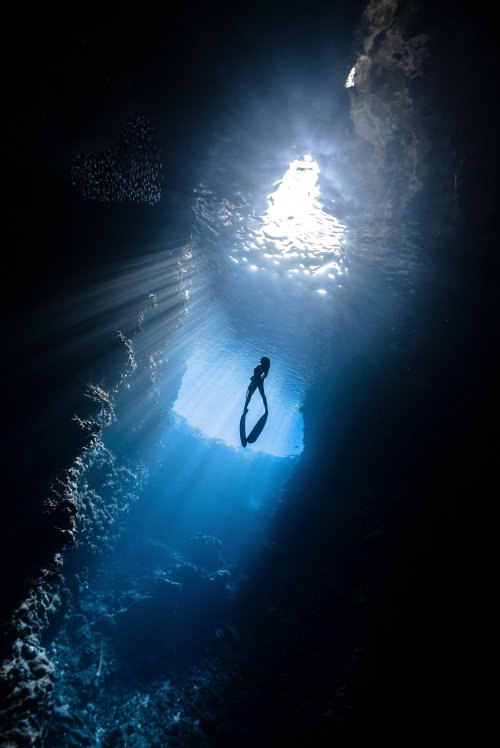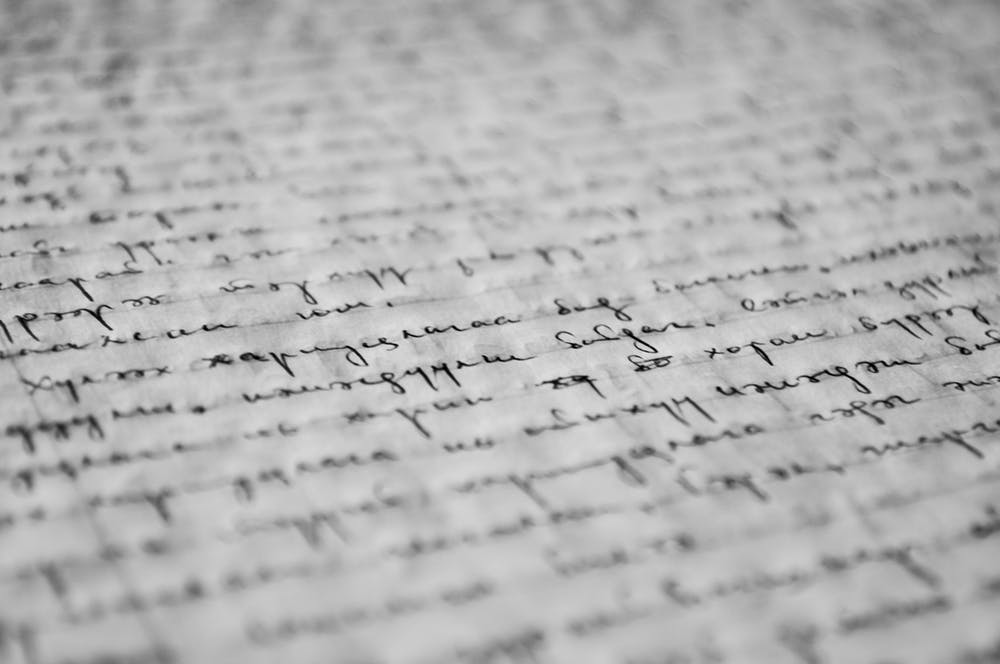The Direction of Focus: Harnessing Creative Impulses with Intention
The Power of Focus and Intention in Creativity
Focus and intention are key in the realm of creativity. Let’s explore how to take a creative impulse and direct it with intention, creating a more impactful and coherent artistic expression.
Setting the Baseline of Intention
Every creative endeavor should start with a clear baseline of intention. This could be a theme, a goal, or even the name of a scene. For instance, naming scenes helps anchor your focus and provides a reference point for your creative process. Sometimes, it can be helpful to name your scenes. Giving them directional titles akin to the apparent event can be beneficial. Names like “The Breakup,” “The First Date,” or “The Big Fight.” These title/labels can give direction and infuse your work with purpose.
Understanding Creative Impulses
Creative impulses are spontaneous, emerging from a state of being rather than premeditated ideas. Unlike ideas, which are cerebral and planned, creative impulses are grounded in the present moment and lived experiences. They are raw, unfiltered bursts of creativity that need direction to shape them into coherent expressions.
Let’s explore this with an example. Imagine you’re working on a scene called “The First Date.” Your intention is to create a scenario that leads to a second date. As you improvise, you notice your partner’s subtle actions – perhaps she spins a ring on her finger or plays with her bracelet. These observations spark a creative impulse.
Directing Creative Impulses
To direct your creative impulses, you need to align them with your baseline of intention. Here’s how you can do it:
- Observe and Respond: Pay close attention to the details in the moment. Notice your partner’s actions, expressions, and any subtle cues. These observations are the raw material for your creative impulses.
- Conscious and Unconscious Responses: Recognize your immediate, unconscious reactions to these observations. Bring these reactions into your conscious awareness. For instance, if you feel intrigued by your partner’s actions, acknowledge that feeling.
- Shape the Impulse: To mold and direct the impulse, use your conscious awareness. If you intend to create a positive connection, steer the conversation or action toward that goal. For example, if you notice your partner spinning her ring, you might say, “That ring is beautiful. Does it have a special story?” This response is rooted in the present observation and directed towards building a connection.
Balancing Conscious and Unconscious Creativity
Creativity thrives when there is a balance between conscious direction and unconscious spontaneity. By becoming aware of your unconscious responses, you can harness them to serve your conscious intentions. This interplay between the conscious and unconscious enriches your creative process.
Practical Application: Creative Exercises
To further illustrate how to direct creative impulses, let’s explore a few practical exercises:
Exercise 1: Scene Naming and Intention Setting
- Choose a Scene Name: Title the scene with a name that encapsulates the scene’s essence. For example, “The Job Interview.”
- Set Your Intention: Define what you want to achieve in this scene. Perhaps your intention is to showcase the character’s confidence.
- Improvise with Focus: Keep your intention in mind as you improvise the scene. Notice any spontaneous actions or reactions and direct them toward your goal.
Exercise 2: Sensory Observation and Response
- Sensory Awareness: Choose a setting and focus on your sensory inputs – sight, sound, smell, taste, and touch.
- Document Observations: Write down your observations in detail. For example, the sound of birds chirping, the texture of the chair you’re sitting on, or the smell of coffee.
- Creative Impulse: Reflect on your observations and note any creative impulses they spark. Direct these impulses into a piece of writing, a scene, or any other medium you choose.
Takeaways: Embracing Your Creative Flow
Directing creative impulses with intention will transform your artistic process.
By setting a clear baseline of intention, observing and responding to sensory inputs, and balancing conscious and unconscious creativity, you can create more impactful and coherent works of art.
Remember, creativity is not just about spontaneous bursts of inspiration. It’s about channeling those bursts with purpose and focus. Embrace the dance of conscious direction and unconscious spontaneity, and let your creativity flourish.
Thank you for joining me in exploring the direction of focus in creativity. If you enjoyed this post, please share it with fellow creatives and subscribe for more insights and inspiration.
And remember, stay present, stay aware, and keep creating.
Also, don’t forget Part 3 of this series. 😉
Yours Truly
Joshua


